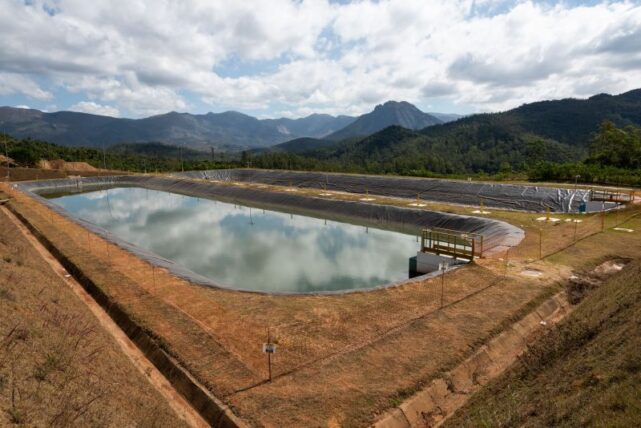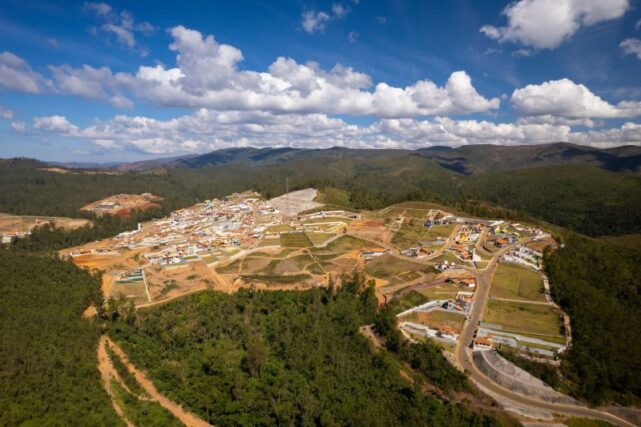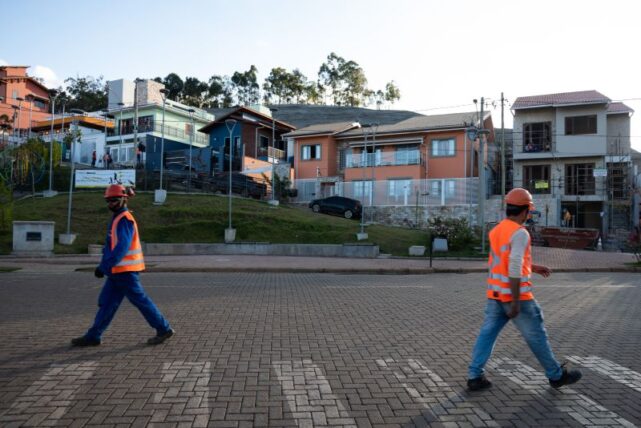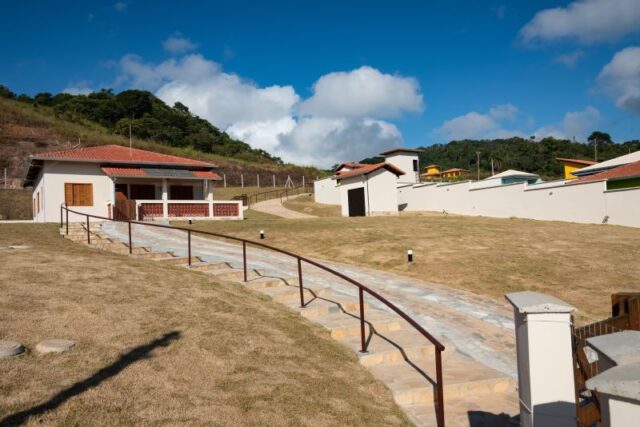The Mariana dam disaster, which unfolded in November 2015 in Brazils Minas Gerais state, left an indelible mark on the region, not only through the immediate loss of life and environmental devastation but also in the long-term economic repercussions for the affected communities. In an instant, the bursting of the dam unleashed a torrent of toxic sludge that obliterated towns, poisoned rivers, and disrupted livelihoods, shattering the delicate balance of local economies that had evolved over generations.
As the dust settled, the ramifications became painfully clear: small businesses faced ruin, agricultural fields lay fallow, and fisheries—once teeming with life—became desolate. The disaster serves as a stark reminder of the vulnerability of communities nestled in the shadows of industrial enterprises, where the promise of progress can rapidly devolve into devastation, leaving a trail of economic hardship that echoes long after the initial calamity.
How these communities navigate the aftermath, forge resilience, and seek restoration remains a crucial narrative in understanding the broader implications of industrial negligence on the social fabric and economic viability of regions such as these.
Overview of the Mariana Dam Disaster

The Mariana Dam disaster, which unfolded in November 2015, was one of the most catastrophic environmental and industrial accidents in Brazils history. The collapse of the dam, owned by Samarco, unleashed a torrent of toxic mud that surged through the Rio Doce valley, engulfing communities and decimating ecosystems.
Villages like Bento Rodrigues were obliterated, as residents faced the shocking reality of their lives, homes, and livelihoods washed away in an instant. Not only did the disaster claim human lives, but it also disrupted local economies heavily reliant on agriculture and fishing, leaving countless families grappling with uncertainty and despair.
The long-term repercussions extend far beyond the immediate destruction, as ongoing recovery efforts struggle against bureaucratic hurdles and insufficient support, while the scars on the landscape and the communitys psyche remain indelible. In short, the Mariana Dam disaster serves as a harrowing reminder of the fragility of industrial progress and the profound impact such tragedies can have on the social and economic fabric of affected communities.
Environmental Degradation and Its Economic Ramifications

The Mariana dam disaster unleashed a catastrophic wave of environmental degradation, disrupting not only the local ecosystems but also the economic fabric of the surrounding communities. Waterways, once teeming with life, became toxic, poisoning fish populations and obliterating livelihoods reliant on fishing and agriculture.
The rapid decline in natural resources forced families into financial uncertainty, as the soil turned parched and lifeless, rendering crops unharvestable. As tourism, once a vibrant source of income, dwindled due to the sullied landscape, job opportunities evaporated, leaving communities to grapple with rising unemployment.
Meanwhile, the burden of cleanup and reparations fell heavily on governmental shoulders, diverting funds from essential services and stymying local development. In essence, the tragedy of the Mariana dam resonates far beyond its immediate impact; it echoes through the corridors of economic hardship and social disarray, painting a stark portrait of a community grappling with its shattered future.
The Role of Technology in Disaster Prevention and Mitigation

Technology plays a pivotal role in disaster prevention and mitigation, serving as both a shield and a beacon for communities at risk. Advanced early warning systems, powered by sophisticated algorithms and real-time data analytics, can detect potential failures in dam infrastructure before they escalate into catastrophic events.
These systems enable timely alerts, allowing residents to evacuate and safeguard their assets. Moreover, geographic information systems (GIS) and satellite imagery facilitate comprehensive risk assessments, helping planners to visualize vulnerabilities and devise targeted interventions.
Drones equipped with high-resolution cameras can survey damaged areas post-disaster, offering invaluable insights into the extent of destruction and guiding recovery efforts. Yet, despite these technological marvels, the human element remains crucial; community engagement and education about these tools are key to fostering resilience.
In a world increasingly shaped by climate change, investing in such technologies is not merely prudent but essential for safeguarding economic stability and promoting long-term recovery in affected regions.
Conclusion
In conclusion, the Mariana dam disaster has left indelible economic scars on the communities directly impacted, with profound implications for their future development and stability. The environmental devastation, coupled with the loss of livelihoods, particularly in agriculture and fishing, has significantly weakened local economies.
The resettlement of Paracatu de Baixo resettlement exemplifies the challenges faced by displaced populations, as they grapple with not just the physical relocation but also the psychological and social disruptions that accompany such upheaval. Without substantial and sustained support from both governmental and non-governmental organizations, the long-term socioeconomic recovery of affected communities may remain precarious, highlighting the urgent need for comprehensive disaster management and accountability in the face of industrial negligence.
The lessons learned from this tragedy must be instrumental in shaping policies that prioritize community resilience and environmental protection to prevent future catastrophes.




